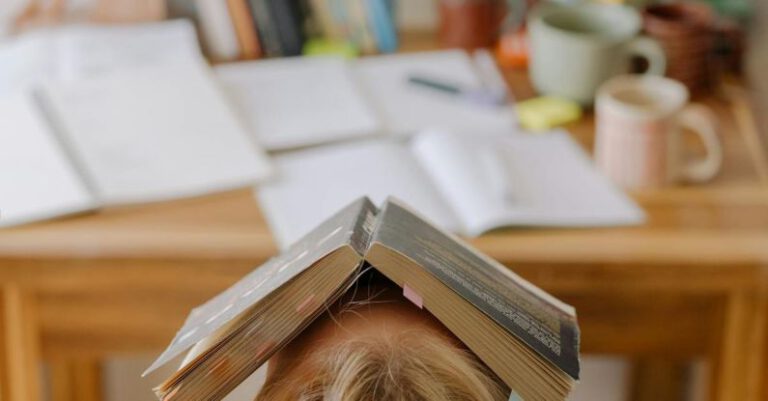How to Foster Creativity in Education?
In today’s fast-paced and rapidly changing world, creativity is a valuable skill that students need to succeed. However, traditional education systems often prioritize rote memorization and standardized testing, leaving little room for creativity to flourish. It is crucial for educators to create an environment that fosters and nurtures creativity in education. Here are some strategies to help educators cultivate creativity in their classrooms.
Create a Safe and Supportive Learning Environment
To foster creativity, it is essential to create a safe and supportive learning environment. Students should feel comfortable expressing their ideas and taking risks without the fear of judgment or failure. Encourage open communication, active listening, and respect for diverse perspectives. By fostering a supportive atmosphere, students will feel more inclined to explore their ideas and think outside the box.
Encourage Curiosity and Questioning
Curiosity is the driving force behind creativity. Encourage students to ask questions and explore topics beyond what is taught in the curriculum. Encourage them to think critically and challenge assumptions. By nurturing curiosity, educators can spark students’ interest and motivate them to delve deeper into their learning.
Integrate Arts and Technology
Integrating arts and technology into the curriculum can be a powerful way to foster creativity. Artistic expression allows students to explore different mediums and experiment with their ideas. Technology, on the other hand, opens up a world of possibilities for creative problem-solving and innovative thinking. By incorporating arts and technology, educators can provide students with diverse avenues to express their creativity.
Promote Collaboration and Group Work
Collaboration and group work are essential for fostering creativity. By working with others, students can share ideas, brainstorm, and learn from different perspectives. Encourage collaborative projects and opportunities for students to work in teams. This not only enhances creativity but also promotes important social and communication skills.
Provide Freedom and Autonomy
Students need freedom and autonomy to nurture their creativity. Provide them with choices and opportunities to make decisions about their learning. Allow them to explore topics they are passionate about and provide flexibility in assignments and assessments. When students have a sense of ownership over their learning, they are more likely to engage in creative thinking and problem-solving.
Encourage Risk-Taking and Embrace Failure
Creativity thrives when students are willing to take risks and embrace failure as a learning opportunity. Encourage students to think outside the box, take calculated risks, and learn from their mistakes. Create a culture where failure is seen as a stepping stone towards success, rather than a mark of incompetence. By celebrating resilience and perseverance, educators can instill a growth mindset that fosters creativity.
Provide Time for Reflection and Self-Assessment
Reflection and self-assessment are essential for fostering creativity. Provide students with time to reflect on their learning, evaluate their progress, and set goals for improvement. Encourage them to think critically about their creative process, what worked well, and what could be improved. By engaging in self-assessment, students become more self-aware and can further develop their creative abilities.
In Conclusion: Cultivating Creativity in Education
Creativity is a vital skill that students need to thrive in an ever-changing world. As educators, it is our responsibility to create an environment that fosters and nurtures creativity. By creating a safe and supportive learning environment, encouraging curiosity and questioning, integrating arts and technology, promoting collaboration and group work, providing freedom and autonomy, encouraging risk-taking and embracing failure, and providing time for reflection and self-assessment, educators can inspire and cultivate creativity in education. By prioritizing creativity, we can empower our students to become innovative thinkers and problem solvers, prepared for the challenges of the future.






